✓ Joining us on our Whatsapp Channel: 💬 Explore and Escape!.
Booking through us:
✓ 🏩 🛌 Handpicked Luxury Stays in Budget: Booking.com | Agoda.com
✓ 🍹⛱️ Deals on Private xfers, SIM Cards, City tours, Day trips : 📍🗺️ GetYourGuide | 🛵🧳 Klook
If you have done the things to do in Japan, you’d know there are quite a few of them here in Nagahama.
Nestled at the foothills of Japan’s Northern Alps, Nagahama exudes a serene charm that beckons visitors to explore its hidden gems.
From strolling along the tranquil shores of Lake Biwa to indulging in its famous Hikiyama Festival, Nagahama promises a sensory adventure like no other.
With so much to see and do, let yourself be swept away by the beauty and wonder of this enchanting city.
Without further ado listed below are some of the most fun things to do in Nagahama:
1. Nagahama Castle Historical Museum
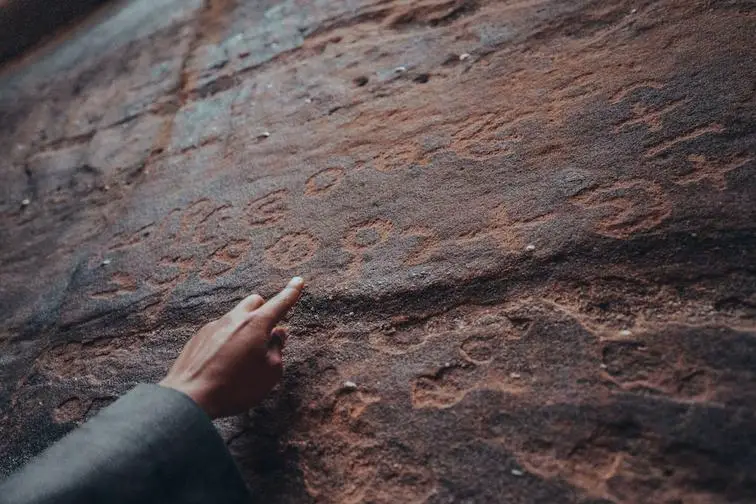
Nagahama Castle Historical Museum is a cultural hotspot that provides a glimpse into the history of the region.
What to see or do: The museum boasts of a wide range of exhibits which showcase the rich cultural heritage of the Nagahama region.
Visitors can take a stroll through the various displays that offer a glimpse into the politics, art, and daily life of the area’s inhabitants.
Don’t miss: The highlight of the museum is the reconstructed castle tower, which has been built to resemble the original structure. The tower offers a spectacular view of Nagahama city and the surrounding landscape.
Insider travel tips: – Make sure to attend one of the museum’s cultural events that are organized throughout the year, including live music performances and traditional festivals.
2. Hikiyama Festival Hall

Hikiyama Festival Hall, also known as the Nagahama Hikiyama Museum, is a museum located in Nagahama City, Shiga Prefecture, Japan.
It is dedicated to showcasing the ornate floats used in the Hikiyama Festival, which is one of the most famous festivals held in the region.
What to see or do: Visitors can explore the museum and admire the intricate craftsmanship of the Hikiyama floats. The floats are adorned with ornate carvings, beautiful fabrics, and stunning paintings that depict historical scenes and legends.
Don’t miss: One of the highlights of the museum is a demonstration of how the floats are pulled through the streets during the Hikiyama Festival.
Visitors can watch a miniature version of the festival, complete with music and dancing, before exploring the rest of the museum.
Insider travel tips: – The museum is located in the heart of Nagahama City and is easily accessible by public transportation.
3. Kurokabe Square
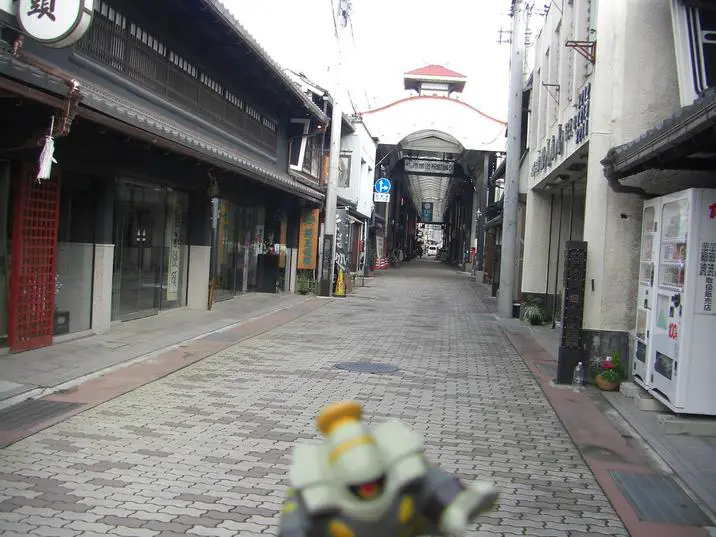
A charming and picturesque square in Nagahama, known for its historic architecture and glassware.
What to see or do: Admire the beautiful Western-style buildings that date back to the Meiji era, browse the galleries and shops showcasing local glassware, and enjoy a cup of coffee or tea in one of the cafes.
Don’t miss: The Kurokabe Glass Shop, which offers workshops where you can create your own glassware, and the Kurokabe Art Museum, which displays a stunning collection of glass art.
Insider travel tips: Visit in the evening for a magical atmosphere, as the buildings are lit up with a warm glow. Don’t forget to try some of the local delicacies, such as the Omi beef and Lake Biwa fish.
4. Nagahama Railway Square
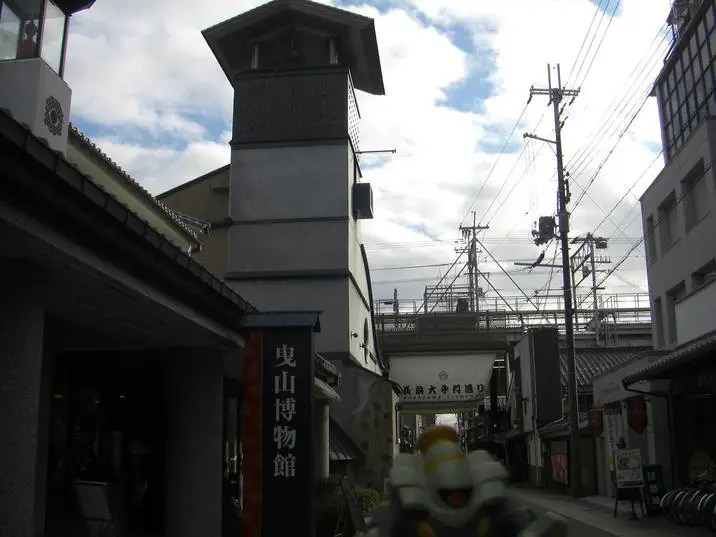
A train station turned museum and shopping center in Nagahama, Japan.
What to see or do: Explore the history of Nagahama and its railway system through exhibits and interactive displays. Shop for local souvenirs and products at the gift shops and specialty stores.
Don’t miss: The 2-storey train diorama that showcases Nagahama’s railway system from the 1920s to the present day. Also, make sure to try the Nagahama Railway Square original craft beer at the cafe.
Insider travel tips: Visit during off-peak hours to avoid crowds and have more time to explore the exhibits. The nearby Hikiyama Hall is also worth a visit for those interested in traditional Japanese festivals and crafts.
5. Hokoen Park

Hokoen Park is a beautiful public park in Nagahama City, Japan.
What to see or do: – Take a leisurely stroll around the park’s scenic walking trail.
Don’t miss: The park’s stunning Japanese garden, which features a pond filled with carp, a traditional tea house, and meticulously arranged plants and stones.
Insider travel tips: – Visit early in the morning or late in the evening for a more peaceful experience.
6. Nagahama Port
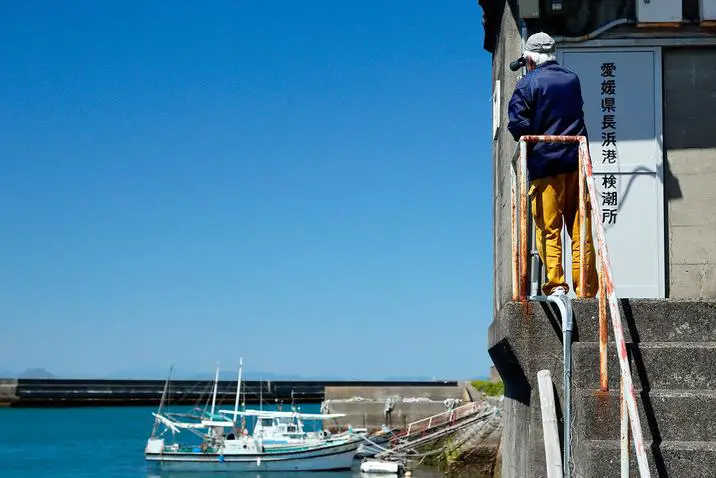
A historic port town located on the shores of Lake Biwa in Shiga Prefecture, Japan.
What to see or do: Stroll along the picturesque harbor and take in views of the surrounding mountains and lake.
Visit the nearby Nagahama Castle and its museum to learn about the area’s history, or browse the shops and restaurants in the charming town center.
Don’t miss: The Nagahama Hikiyama Festival, a lively annual event in which ornate festival floats are paraded through the streets accompanied by music and dancing.
Insider travel tips: Be sure to try the local specialty dish, “hiki-zuke,” which is a type of pickled fish that is unique to Nagahama.
Visitors can also take a scenic boat ride on Lake Biwa from the nearby Nagahama Port Park.
7. Daitsu-ji Temple
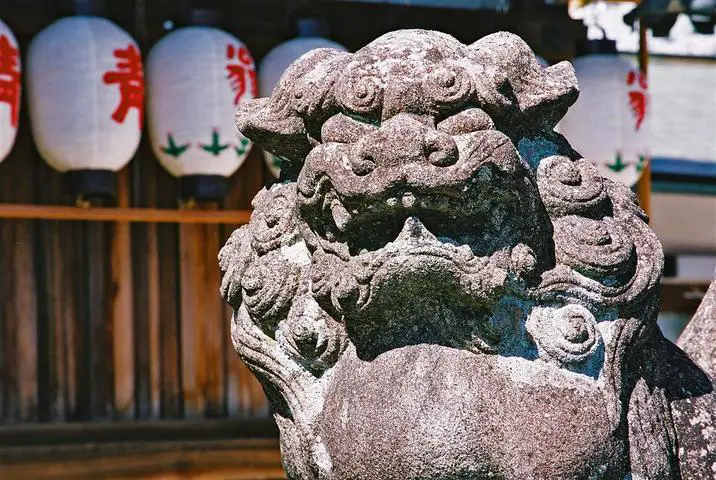
Daitsu-ji Temple, located in Nagahama, is a historic Zen Buddhist temple.
What to see or do: Visitors can explore the temple’s beautiful gardens, including the traditional Japanese rock gardens and a pond, as well as the various buildings, such as the Main Hall and the Drum Tower.
The temple is also home to many important cultural assets, including a number of National Treasures.
Don’t miss: The temple’s stunning exterior, which features ornate carvings and intricate details.
It is also worth seeing the temple’s collection of Buddhist statues, which includes a rare statue of the Buddha with blue hair.
Insider travel tips: Be sure to visit during the autumn months, when the gardens are particularly beautiful thanks to the changing leaves. It’s also a good idea to arrive early in the day to beat the crowds.
8. Omi Jingu Shrine
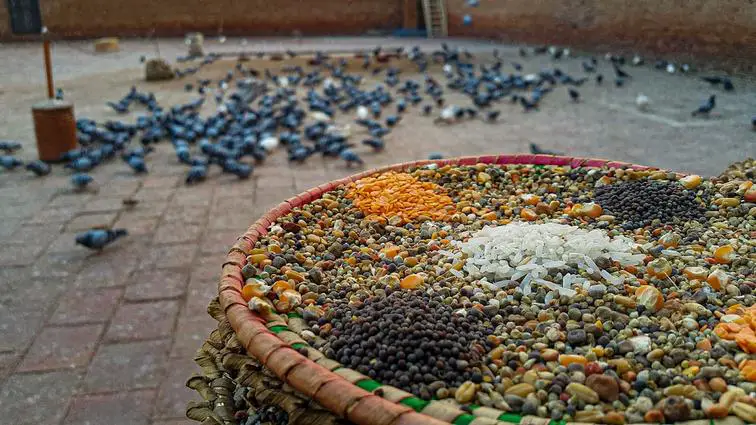
Omi Jingu Shrine is a Shinto shrine located in Nagahama, Japan.
It was built in 1940 to enshrine the first emperor of Japan, Emperor Jimmu, who is also known as the god of war.
What to see or do: Visitors to Omi Jingu Shrine can take a peaceful stroll around the grounds and admire the beautiful architecture, including the main hall and the torii gate.
It’s also a great place for history buffs to learn about the origins of Japan and its imperial family.
Don’t miss: Don’t miss the grand festival held at Omi Jingu Shrine on October 3rd every year, which includes a parade, traditional music and dance performances, and other festivities.
Also, make sure to try the local specialty dish, “funazushi,” a type of fermented sushi made from fish caught in nearby Lake Biwa.
Insider travel tips: – To avoid the crowds, visit the shrine early in the morning or on a weekday.
9. Nagahama Fish Market

Nagahama Fish Market is a bustling market selling the freshest seafood caught from Lake Biwa, the largest freshwater lake in Japan.
What to see or do: Take a stroll through the market and marvel at the vast range of seafood on offer. Indulge in a seafood feast by picking your favorite seafood and having it grilled or fried on the spot.
Get to taste local snacks like grilled fish skewers and deep-fried fish cakes.
Don’t miss: Don’t miss out on trying the popular specialty dish, Biwako Omi Beef, a local beef dish served in the market’s restaurants.
Also, don’t forget to check out the auction of huge fish during the early morning hours.
Insider travel tips: To avoid the crowds, visit the market early in the morning to catch the fish auction, or in the late afternoon when many of the seafood vendors offer discounts on their goods.
Bringing cash is advisable as most of the vendors do not accept credit cards. And be prepared for the smell of fresh and dried fish which permeates the air around the market.
10. Nagahama Castle Park
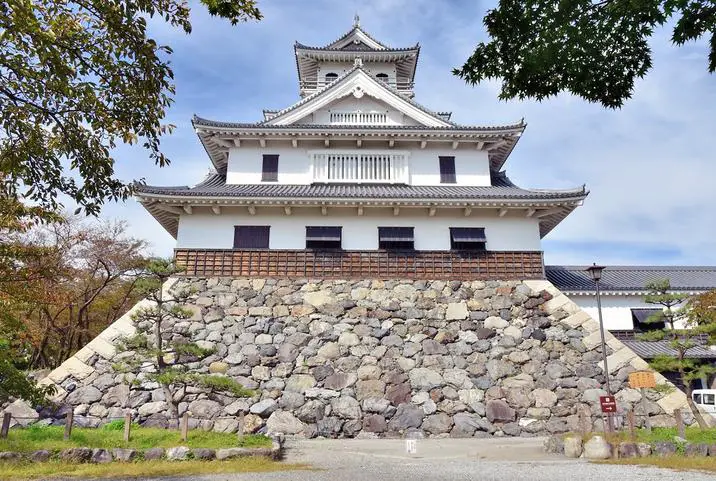
A historic park in Nagahama, Japan that features the ruins of Nagahama Castle.
What to see or do: Take a stroll through the park and admire the remnants of the castle’s stone walls and moat. Enjoy the stunning views of Lake Biwa and the surrounding mountains.
Visit the Nagahama Castle Historical Museum, which displays artifacts and exhibits related to the castle’s history.
Don’t miss: The cherry blossoms in spring and the colorful foliage in autumn. The park is especially beautiful during these seasons.
Insider travel tips: Consider visiting in the early morning or late afternoon to avoid crowds. Bring a picnic to enjoy on the park’s grassy areas.
Check the museum’s opening hours before your visit.
11. Keiunkan
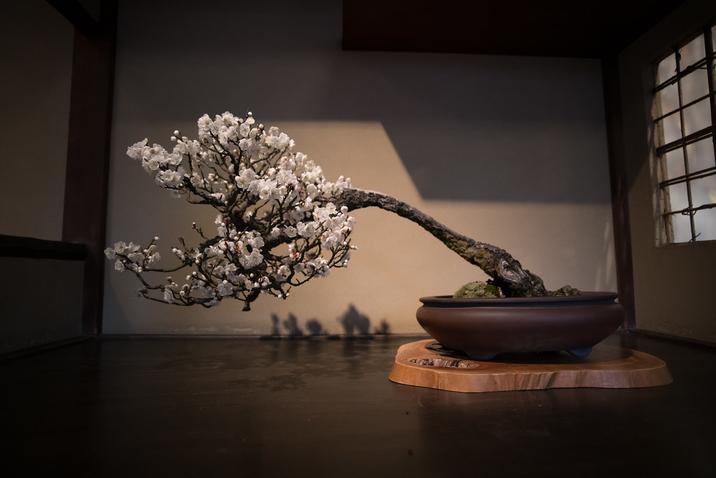
Keiunkan is a ryokan, a traditional Japanese inn, located in the city of Nagahama in the Shiga Prefecture.
What to see or do: Guests can enjoy the experience of staying in a historic building, as Keiunkan has been operating continuously since its construction in 705 AD.
The ryokan offers traditional Japanese rooms with tatami flooring and futon beds, as well as communal hot spring baths. The surrounding area has many attractions, such as historic temples and shrines, as well as opportunities for hiking and boating.
Don’t miss: While staying at Keiunkan, don’t miss the chance to try the local cuisine, which includes freshwater fish from Lake Biwa and Omi beef.
The ryokan also offers a variety of traditional Japanese activities, such as tea ceremony and kimono wearing.
Insider travel tips: Guests should be aware that as a traditional Japanese ryokan, Keiunkan has a strict set of rules and customs that guests are expected to follow, such as wearing the provided yukata robes and removing shoes before entering the rooms.
It is also recommended to book well in advance, as Keiunkan is very popular and often fully booked.
12. Himure Hachiman Shrine
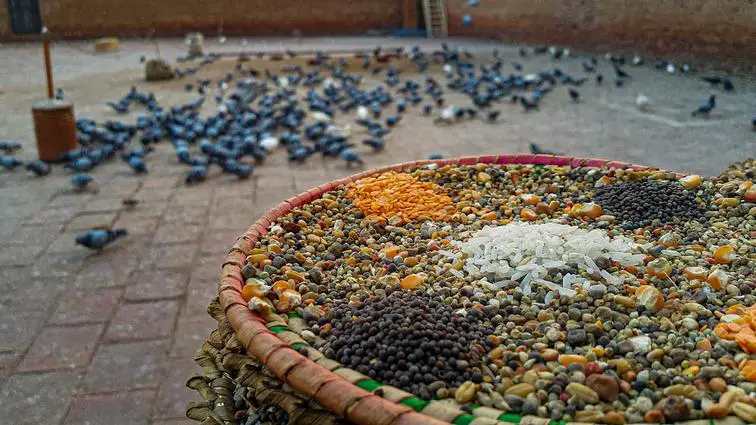
Himure Hachiman Shrine is a historic Shinto shrine located in Nagahama, Shiga Prefecture, Japan.
What to see or do: Visitors can explore the shrine’s beautiful architecture, including the main hall and shrine gates. The shrine also features several smaller buildings, a large courtyard, and a beautiful forested area.
Don’t miss: Be sure to check out the shrine’s impressive torii gate, which is one of the largest in Japan. Visitors can also view a variety of traditional Japanese artwork and artifacts on display in the shrine museum.
Insider travel tips: For a unique experience, consider visiting Himure Hachiman Shrine during one of its many festivals throughout the year.
The shrine is also located near several other popular attractions, including Lake Biwa and the Nagahama Castle Historical Museum, making it a great addition to any day trip or vacation itinerary.
13. Nagahama Castle Ote-mon Gate
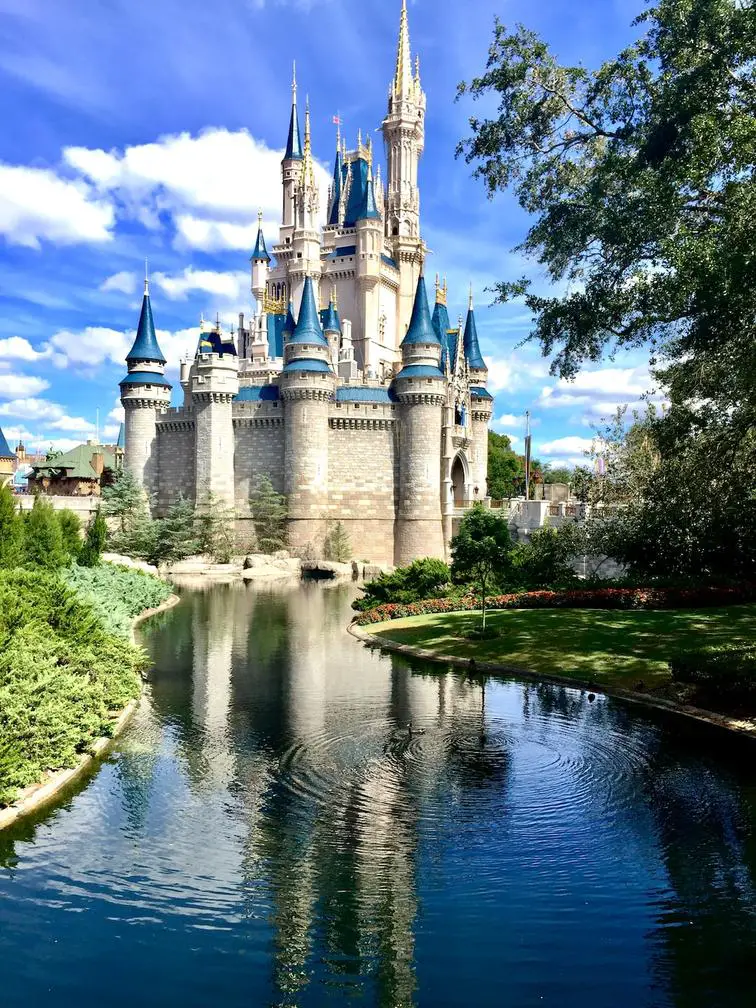
Nagahama Castle Ote-mon Gate is the main gate of Nagahama Castle, a reconstruction of a Edo-period castle in Shiga Prefecture, Japan.
What to see or do: Take a walk through the impressive gateway and imagine what life was like for the castle inhabitants during the feudal era.
Visit the nearby Nagahama Hachimangu Shrine and climb the nearby Mt. Hachiman for a stunning view of the city.
Don’t miss: The view from the top of the gate, which offers a great vantage point for photos and a glimpse of the surrounding area.
Insider travel tips: Visit Nagahama Castle during cherry blossom season (late March to early April) for a particularly stunning view of the castle and surrounding area.
Also, take note that while the gate is wheelchair accessible, the castle grounds are not due to steep and uneven terrain.
14. Nagahama Bonbai Plum Blossom Festival
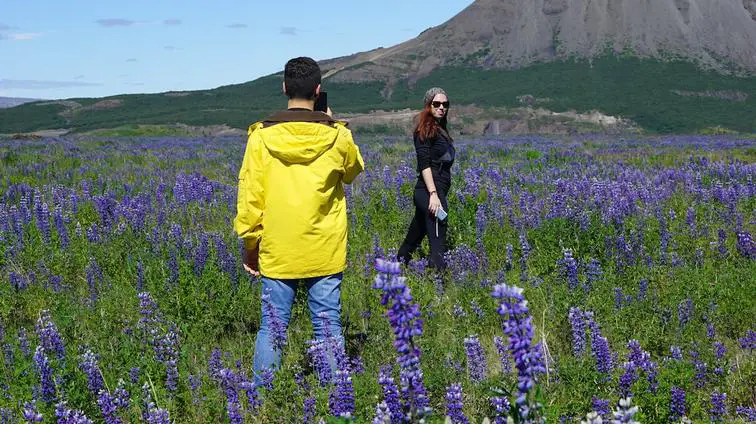
The Nagahama Bonbai Plum Blossom Festival is an annual event in Shiga Prefecture, Japan, that celebrates the arrival of spring with the blooming of thousands of plum trees.
What to see or do: Visitors can enjoy strolling through the numerous plum orchards and admiring the delicate pink and white blossoms that cover the trees.
There are also tea ceremonies and traditional Japanese music and dance performances to experience.
Don’t miss: One of the highlights of the festival is the night illumination of the plum blossoms, which creates a magical atmosphere. The Bonbai Taiko drum performance is also a must-see, as the energetic drumming echoes throughout the orchard.
Insider travel tips: – The best time to see the plum blossoms is from early February to mid-March, depending on the weather.
15. Nagahama Hikiyama Museum
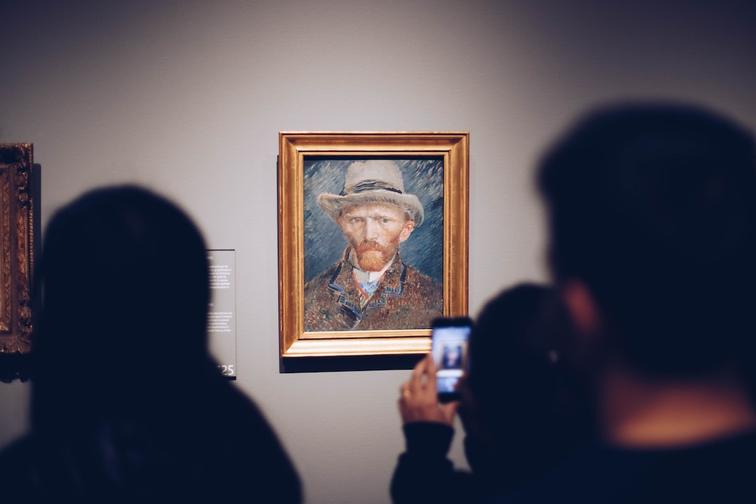
Nagahama Hikiyama Museum is a museum showcasing the Japanese traditional festival floats called Hikiyama that are used during the annual Nagahama Hikiyama Festival held in Nagahama, Shiga Prefecture.
What to see or do: Visitors can see the beautifully crafted wooden floats up close and learn about the history and significance of the Nagahama Hikiyama Festival through exhibits and audiovisual displays.
Don’t miss: Don’t miss the chance to see the intricate details and impressive craftsmanship of the Hikiyama floats, some of which date back to the 17th century and are designated as Important Intangible Cultural Properties by the Japanese government.
Insider travel tips: – The Nagahama Hikiyama Festival is held annually on April 15-16 and October 9-10, so plan your visit during these dates for a chance to see the floats in action.